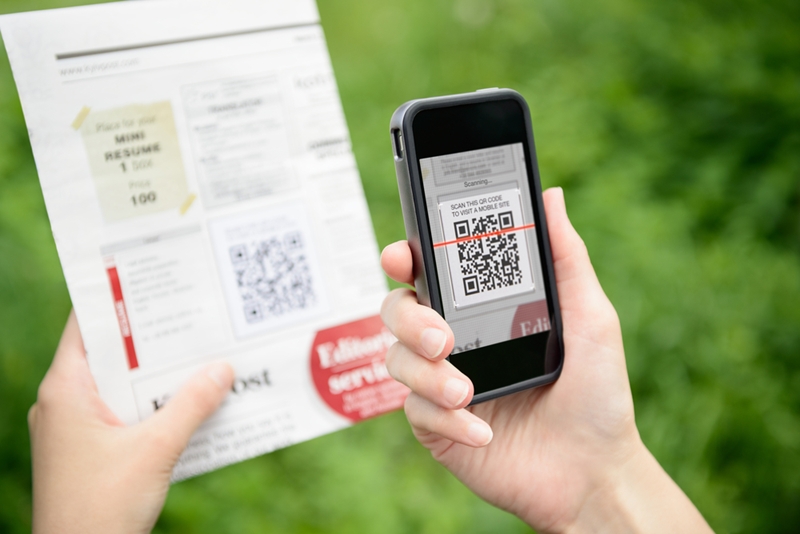B2C marketers are in a unique position when trying to appeal to customers. Unlike their B2B counterparts, they need to appeal to time-poor individuals who are often trying to choose between many different options.
However, a major aspect of the complexity that accompanies B2C marketing is simply the nature of the way people purchase services. In particular, many purchases are impulsive, they are driven by the spur of the moment rather than the detailed analysis that accompanies business purchases.
Despite this impulsive nature, there are still ways for companies to invest in impulse marketing and make sure their products are the first port of call when individuals make a purchase. B2C email marketing is just one example of how existing marketing tools can be used to appeal to impulse buyers.
Sales in the spur of the moment
To understand just how popular impulse purchases are, Nielsen recently conducted research into how many people buy in this way when they visit the supermarket. They found that 80 per cent of shoppers will make an impulse purchase when they buy their groceries.
Two-thirds of all shopping that occurs in a mall is impulsive.
Paco Underhill, author of the book Why We Buy: The Science of Shopping, took this a step further, highlighting that two-thirds of all shopping that occurs in a mall is impulsive, in an exclusive with the Specialty Retail Report. While this is usually associated with low-cost products, any emotionally charged purchase – including items as large as a car – can be made impulsively.
Underpinning the popularity of impulse purchases is a very clear insight into how consumers buy things – many won’t have put a considerable amount of time into weighing up pros and cons but will instead make purchasing decisions in the moment.

Customers are incredibly prone to making impulsive purchase decisions.
Building brand affinity to prepare for impulse purchases
While impulse purchases are clearly an important aspect of the retail landscape, it would be wrong to think these are the same as random purchases. In fact, many people will automatically make a purchase based on their prior contact with a brand.
In an experiment from Central Michigan University, researchers found that people were likely to choose soft drinks based on their subconscious preferences, even when they had no way of expressing this verbally. What’s more, these subconscious preferences were more pronounced when a person was distracted.
Clearly impulse purchases can be a valuable area for marketers to invest in. The next question though is how different marketing tools like direct marketing can form part of this journey.
Direct marketing to your customers’ impulses
Impulse marketing is an area that can be incredibly useful for brands looking to stand out in a crowded B2C marketplace. The challenge for those looking to make the most of these tools is to find ways to reach out to their target audience so they prefer a certain product when they make an impulse decision.

QR codes can help you tap into impulse purchases.
As with many forms of outbound marketing, initial contact from a company can begin to develop brand awareness and a positive association which later translates into a sale.
It’s also possible that, when done right, the collateral you distribute through a direct marketing campaign is the trigger that appeals to an impulse purchase. Thanks to online shopping, people can now make purchases from anywhere, expanding the reach for impulse marketing.
For a B2C email marketing campaign, make sure to link out to your e-commerce platform or other resources that you can use to direct people to the right place. Physical mailouts can instead rely on features like QR codes to direct people online.
Mastering impulse marketing can be tricky, and is highly dependent on what you are selling and who your customers are. However, there are clear benefits for companies that can get this process right by using a range of different tools.


